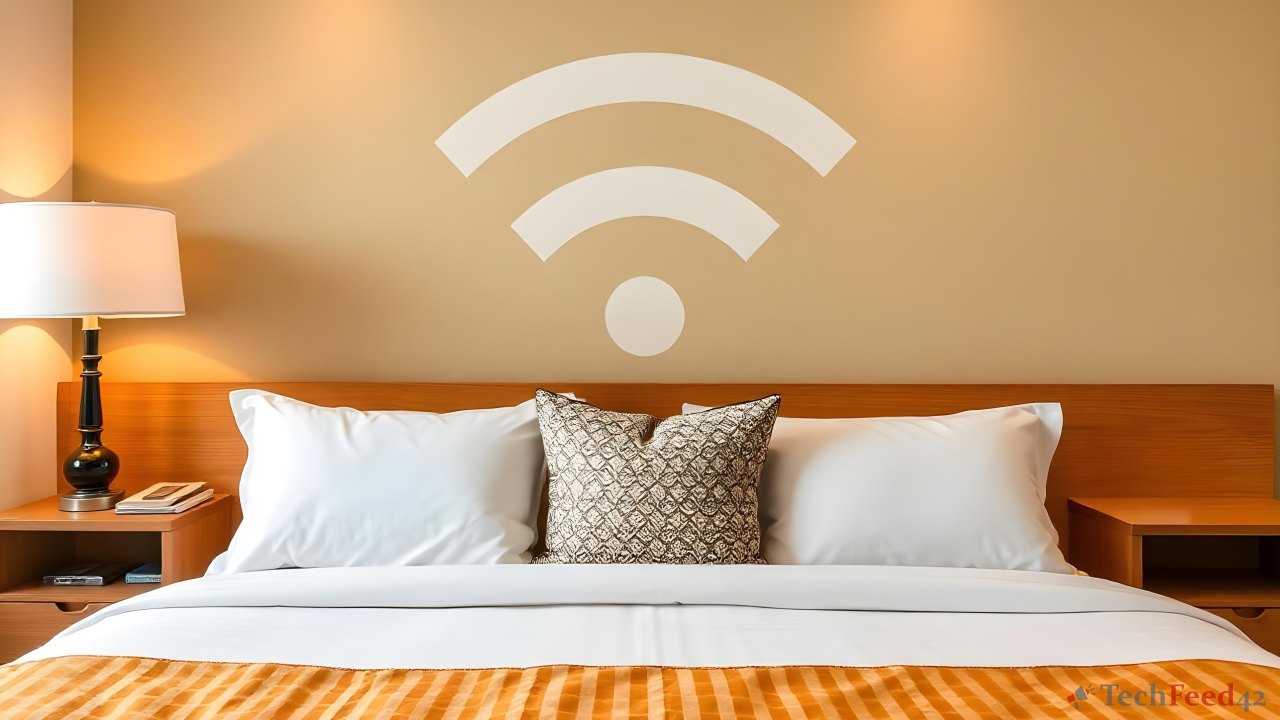Setting up a guest network on a router is a smart way to enhance both security and convenience in any home or office environment. A guest network allows visitors to connect to the internet without accessing the main network, keeping personal devices and sensitive information secure. This article will outline the benefits of setting up a guest network and provide a step-by-step guide to configuring it properly.
Understanding the Benefits of a Guest Network
A guest network is a separate Wi-Fi network that operates independently of the main network. One of the primary advantages is increased security. When guests connect to the main network, they could potentially gain access to personal devices such as computers, printers, or smart home gadgets. A guest network isolates these devices, preventing unauthorized access and reducing the risk of security breaches.

Another key benefit is the ability to manage bandwidth. By controlling the amount of bandwidth allocated to the guest network, it’s possible to ensure that activities on the main network, such as streaming or video calls, are not disrupted. This feature is especially useful in scenarios where multiple people may be using the internet simultaneously, such as during gatherings or in shared office spaces.
How to Set Up a Guest Network on a Router
Setting up a guest network is a straightforward process, though the steps may vary slightly depending on the router model. Here is a general guide to setting up a guest network:
- Access the Router’s Admin Page:
Start by logging into the router’s admin page. This can typically be done by entering the router’s IP address into a web browser. Common IP addresses for routers include 192.168.1.1 or 192.168.0.1, which can usually be found in the router’s manual or on a label on the device. - Navigate to the Guest Network Section:
After logging in, look for the section labeled “Guest Network” or a similar term, usually found under wireless settings. - Enable the Guest Network:
Turn on the guest network option. Most routers allow customization of the network name (SSID). Choose a name that clearly indicates it is a guest network. - Set a Strong Password:
Even though this is a network intended for guests, it’s important to set a strong password. This helps protect the network from unauthorized users and potential misuse. - Configure Additional Settings:
Depending on the router, there may be additional options available, such as limiting the number of connected devices or restricting access to certain websites. These settings can be adjusted according to personal preferences. - Save and Reboot:
Once all settings are configured, save the changes and reboot the router to apply the new settings.

Best Practices for Securing a Guest Network
While setting up a guest network provides a significant boost to security, there are additional best practices to consider.
- Use a Different SSID and Password:
It is advisable to keep the guest network’s SSID (network name) and password distinct from the main network. This helps to ensure that the primary network remains secure. - Enable Network Isolation:
Many routers offer an option called “AP Isolation” or “Network Isolation”. Enabling this feature prevents devices on the guest network from communicating with each other or with devices on the main network, further enhancing security. - Monitor Guest Network Usage:
Regularly checking the number of devices connected to the guest network can help detect any unfamiliar devices. If necessary, action can be taken by changing the password or adjusting access settings. - Turn Off the Guest Network When Not in Use:
If the guest network is not needed, it can be turned off to reduce the risk of unauthorized access. This can be especially important in environments where security is a top priority.

Why Setting Up a Guest Network Is Important
Setting up a guest network is a crucial step in ensuring the security of any home or office network. By segregating guest traffic from the main network, the risk of malware spreading from an infected guest device to personal devices is significantly reduced. Additionally, a guest network allows for better control over internet bandwidth, ensuring that primary activities on the main network are not interrupted.
Overall, the process of setting up a guest network is simple and offers substantial benefits. It protects personal data, optimizes internet performance, and provides a convenient way for guests to connect to the internet without compromising the security of the main network. Implementing a guest network on a router is a wise choice for anyone looking to enhance their network’s security and efficiency.


